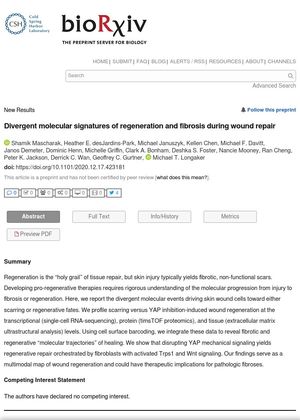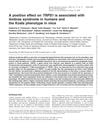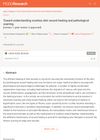Divergent Molecular Signatures of Regeneration and Fibrosis During Wound Repair
December 2020
in “
bioRxiv (Cold Spring Harbor Laboratory)
”

TLDR Disrupting YAP signaling in skin cells leads to scar-free healing directed by specific cell signals.
The study "Divergent molecular signatures of regeneration and fibrosis during wound repair" conducted by desJardins-Park et al., explored the molecular events that lead skin wound cells towards either scarring or regenerative outcomes. The researchers profiled these processes at the transcriptional, protein, and tissue levels, using techniques such as single-cell RNA-sequencing, timsTOF proteomics, and extracellular matrix ultrastructural analysis. They discovered that disrupting YAP mechanical signaling led to regenerative repair, which was directed by fibroblasts with activated Trps1 and Wnt signaling. These findings provide a comprehensive map of wound regeneration and could potentially be used to develop therapies for pathological fibroses.


